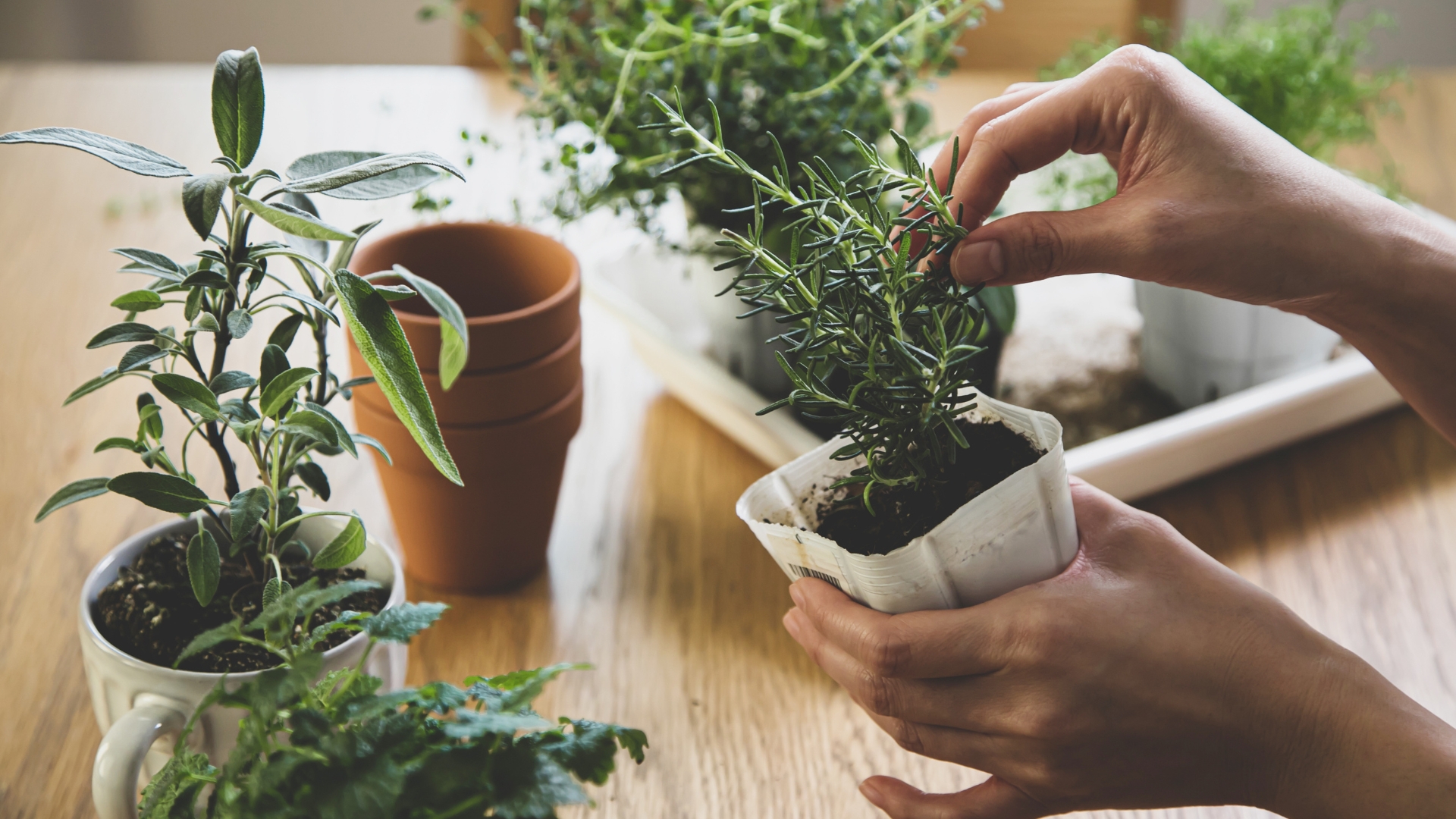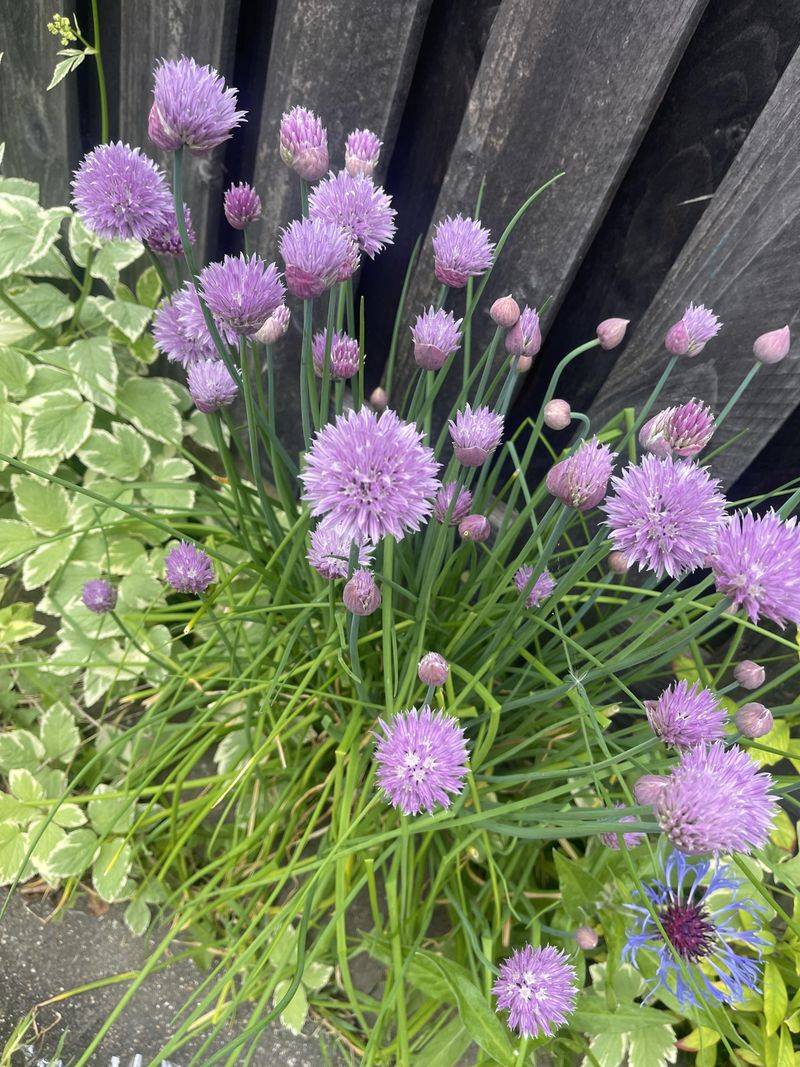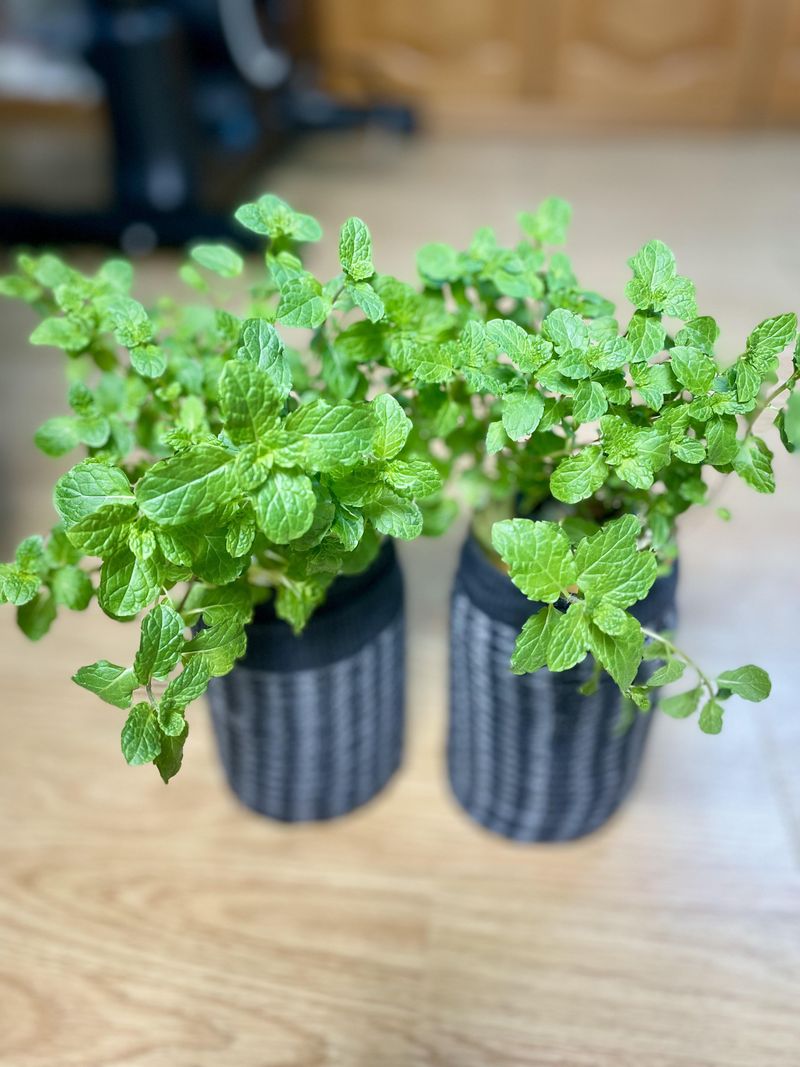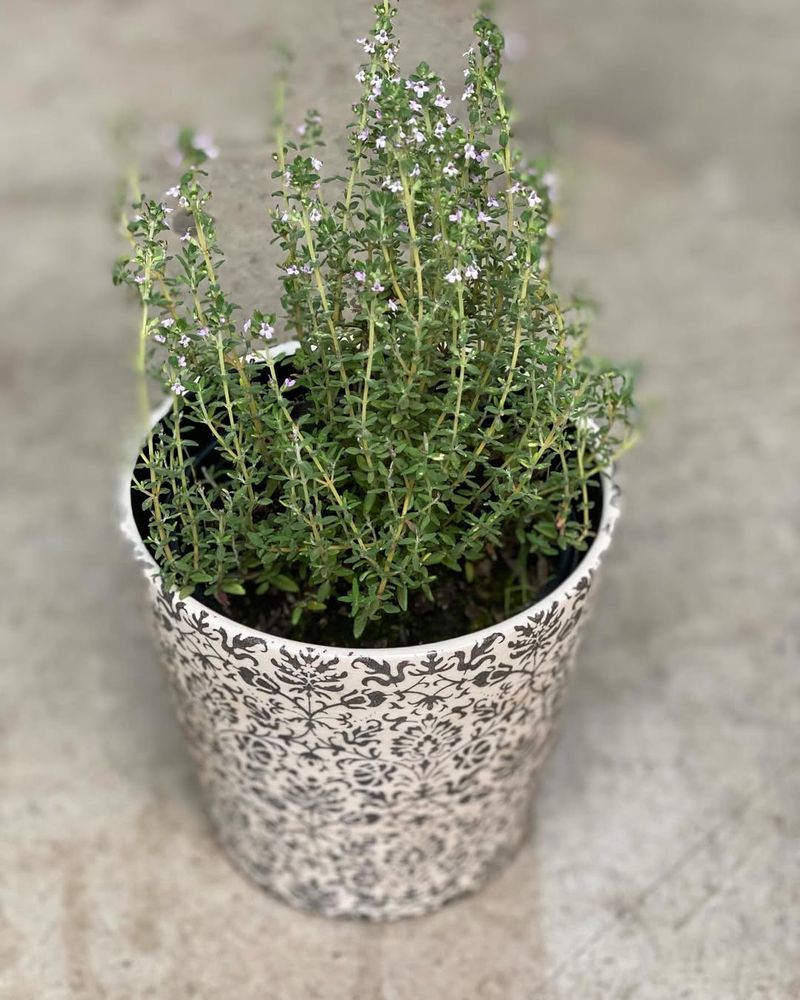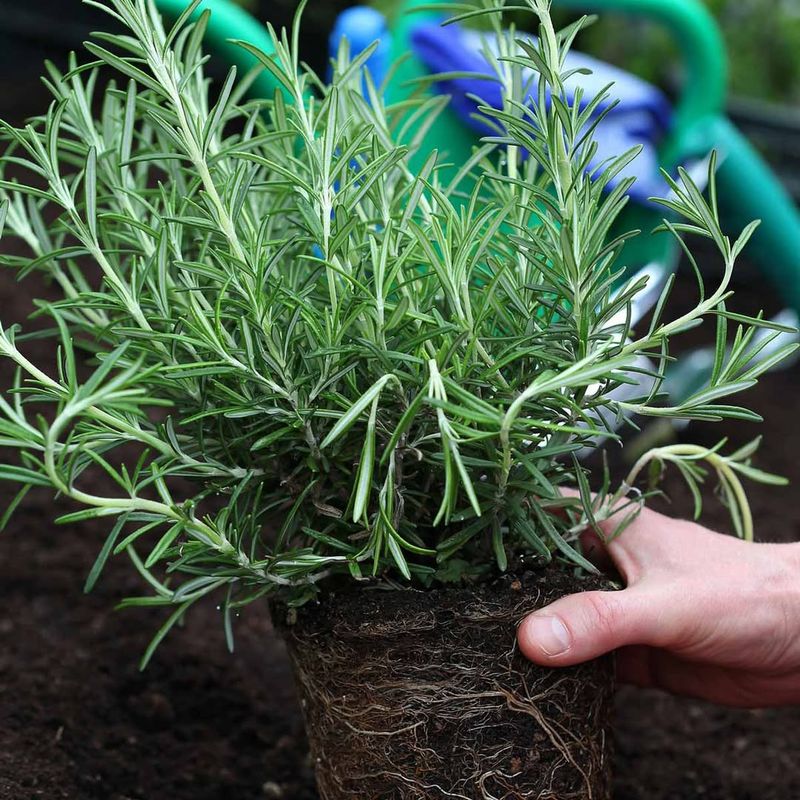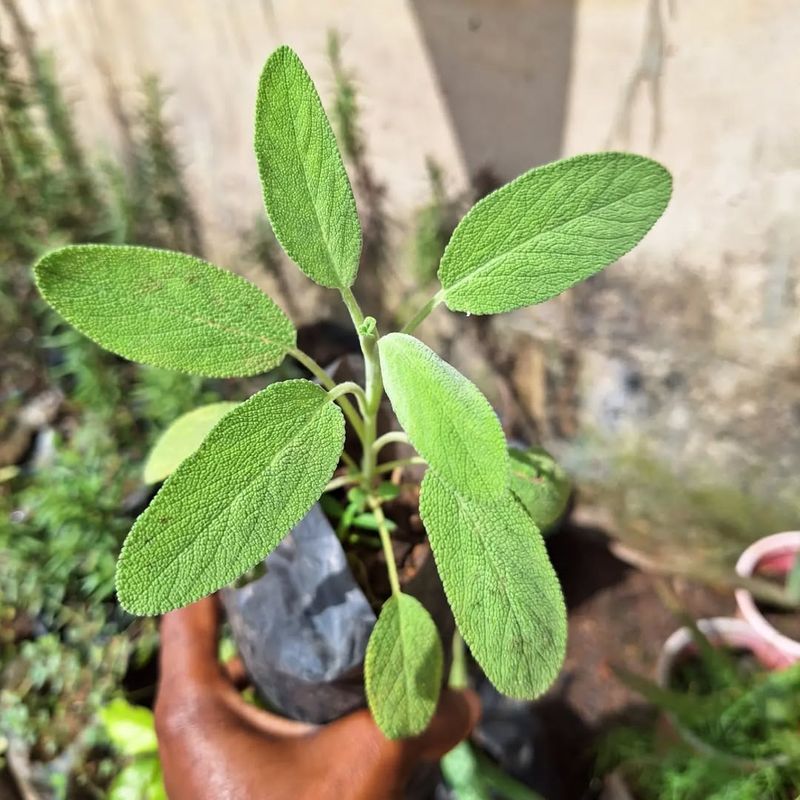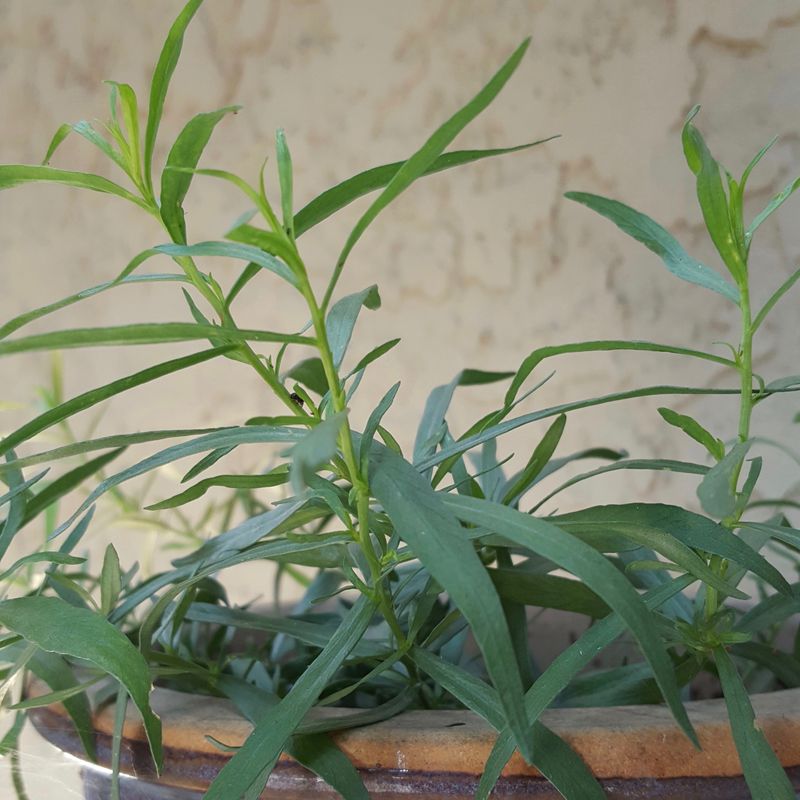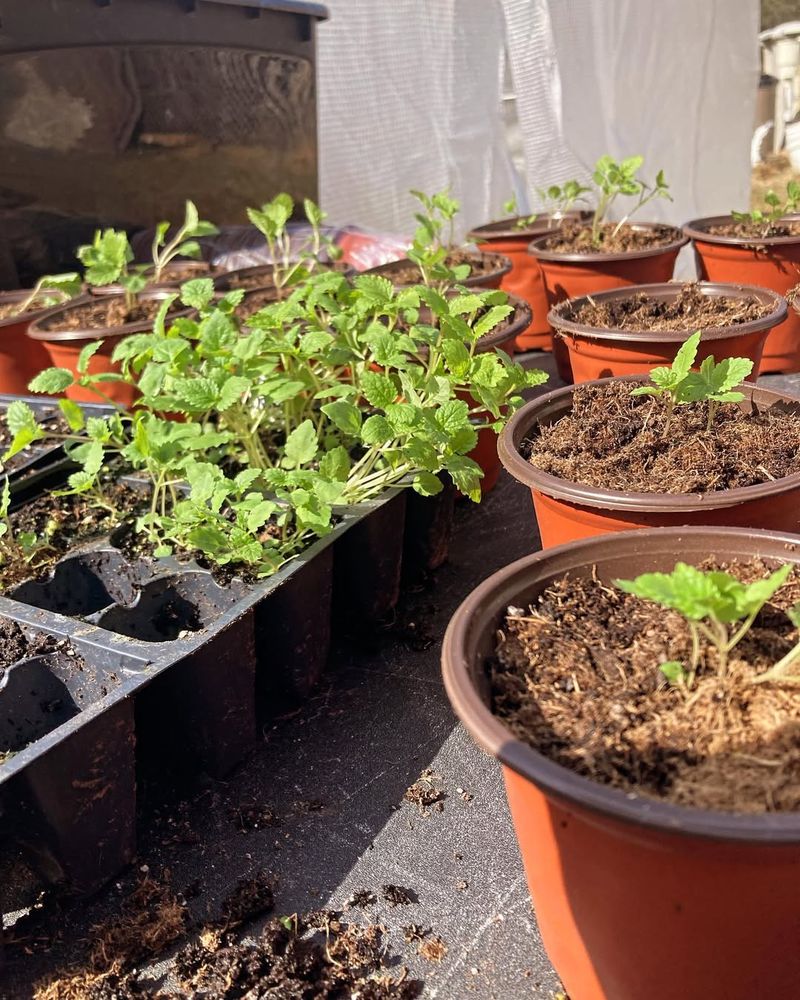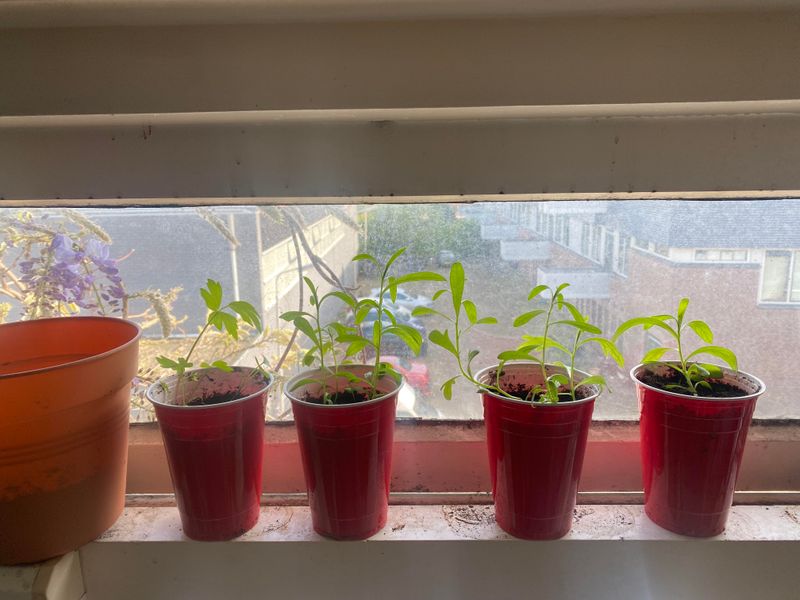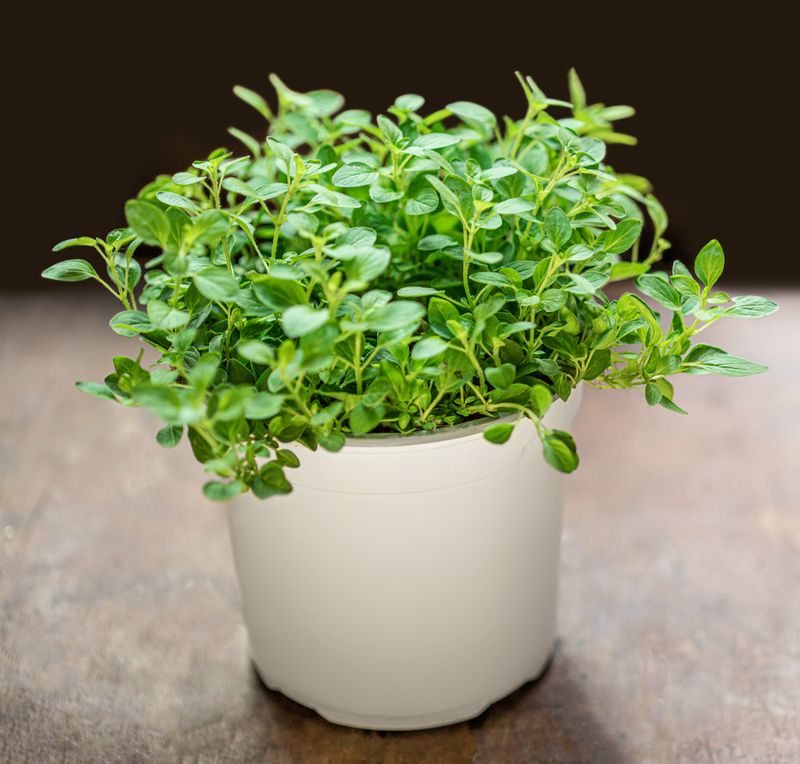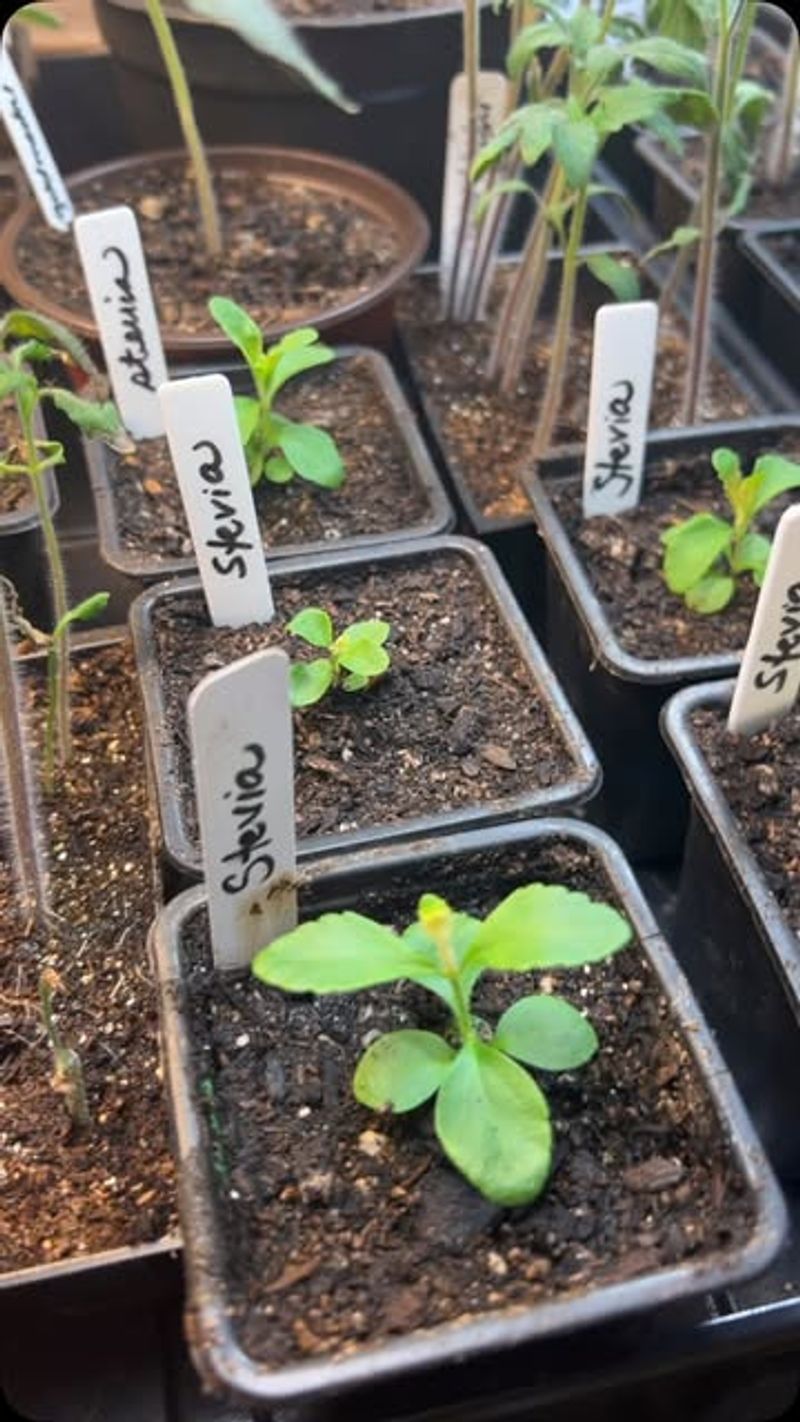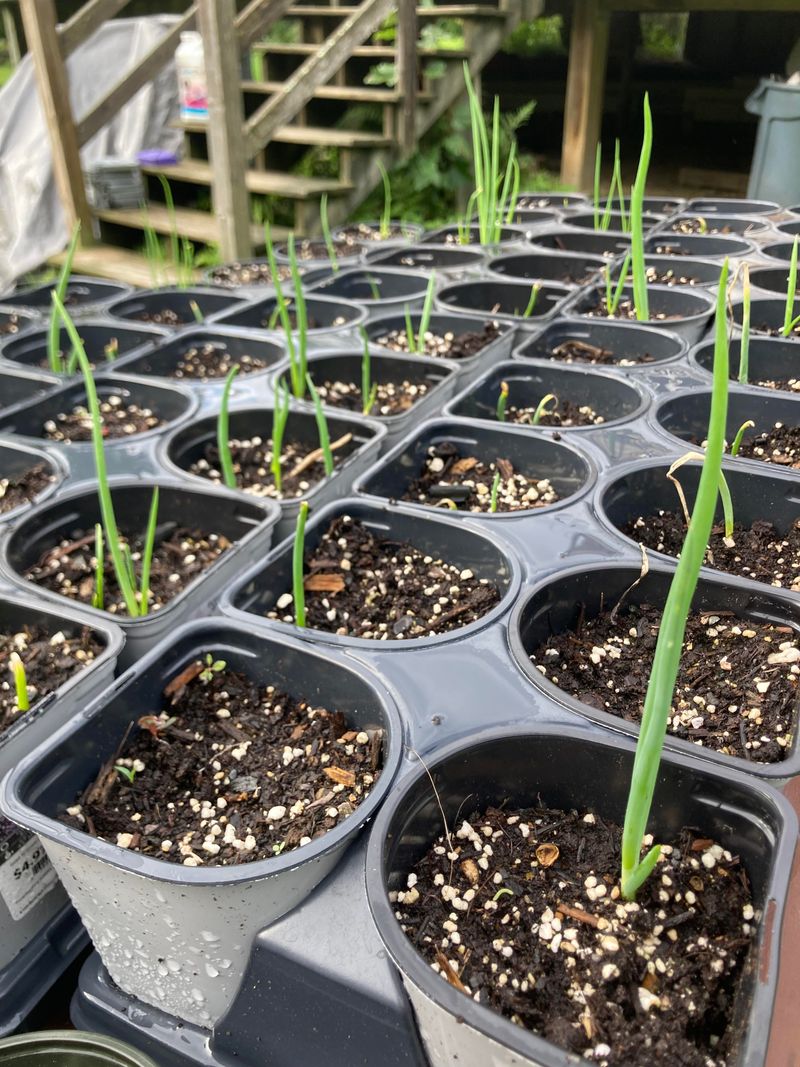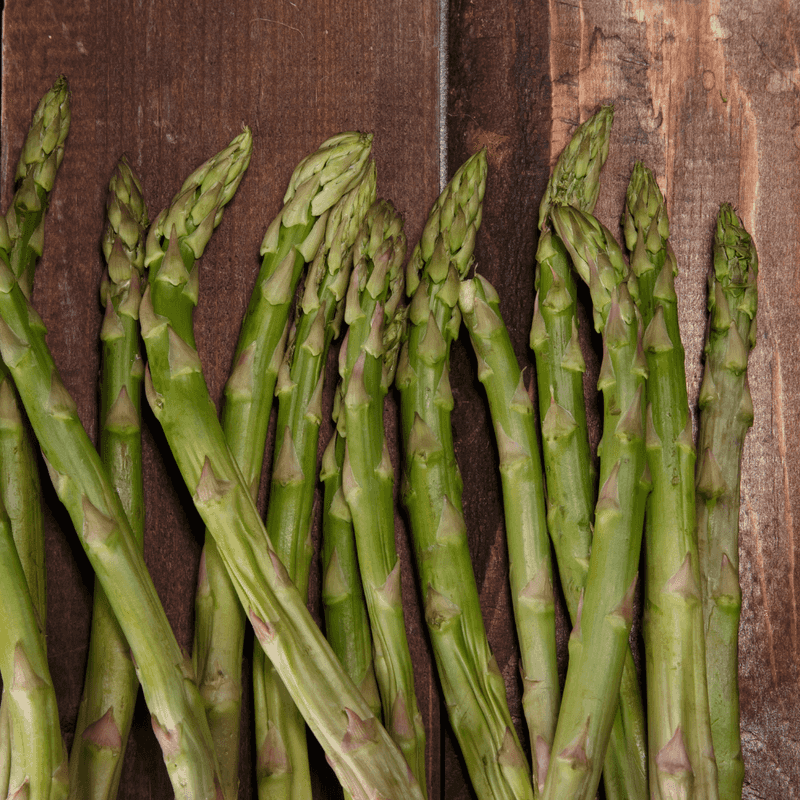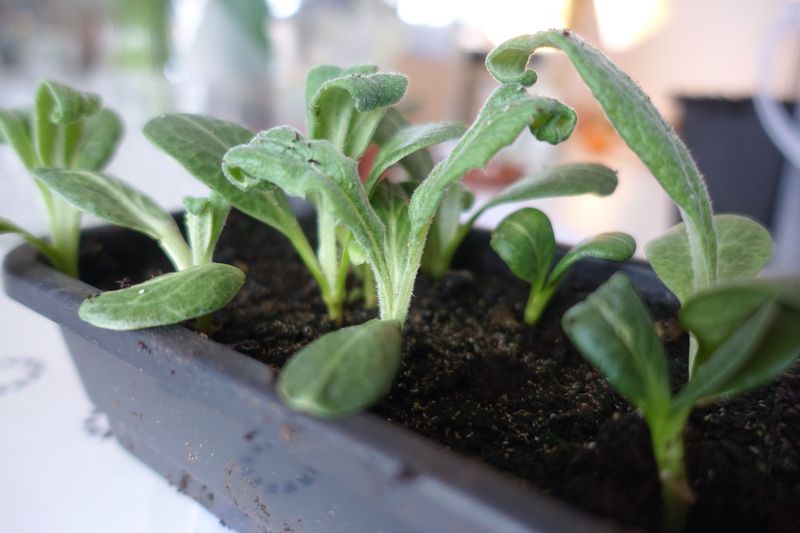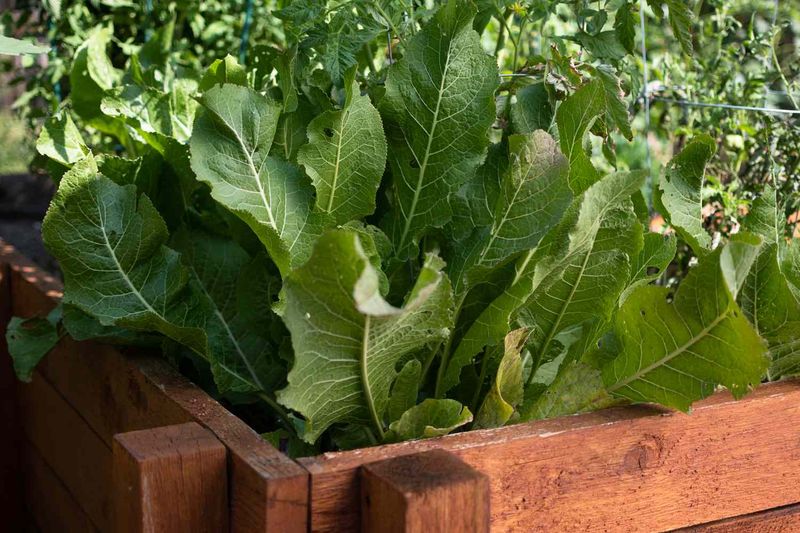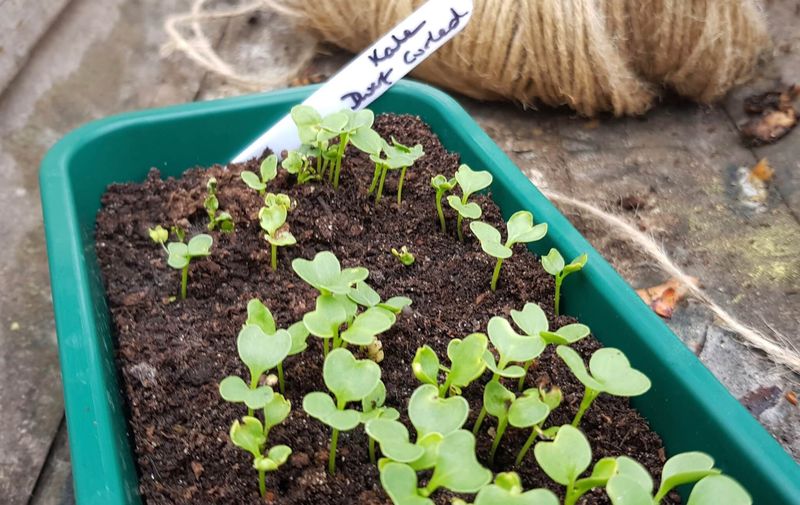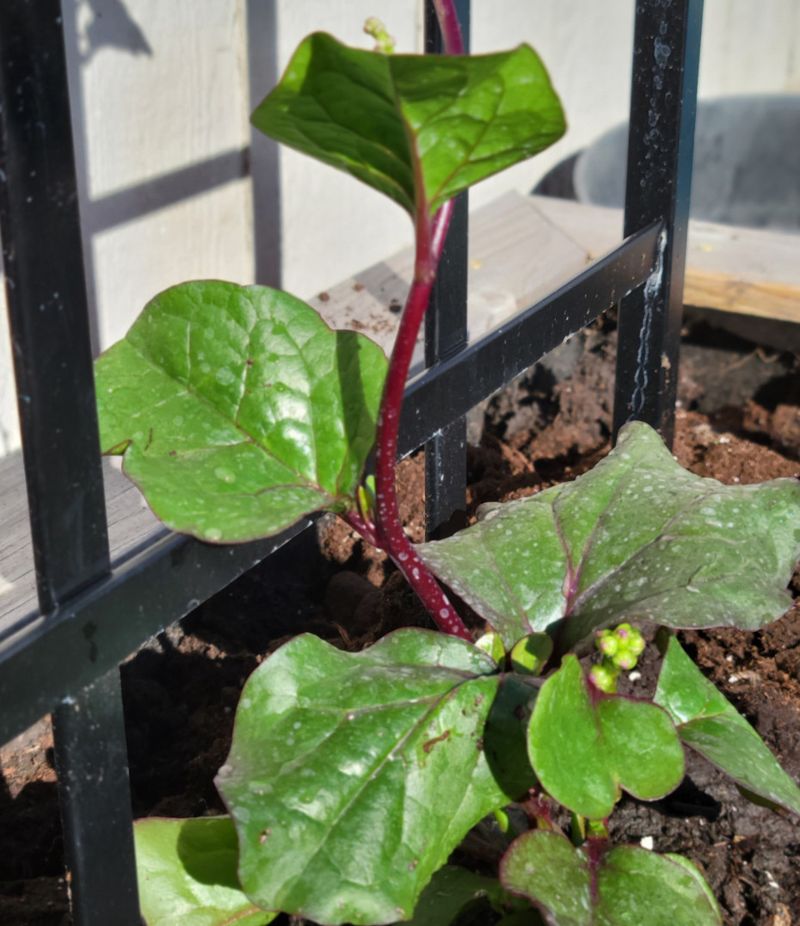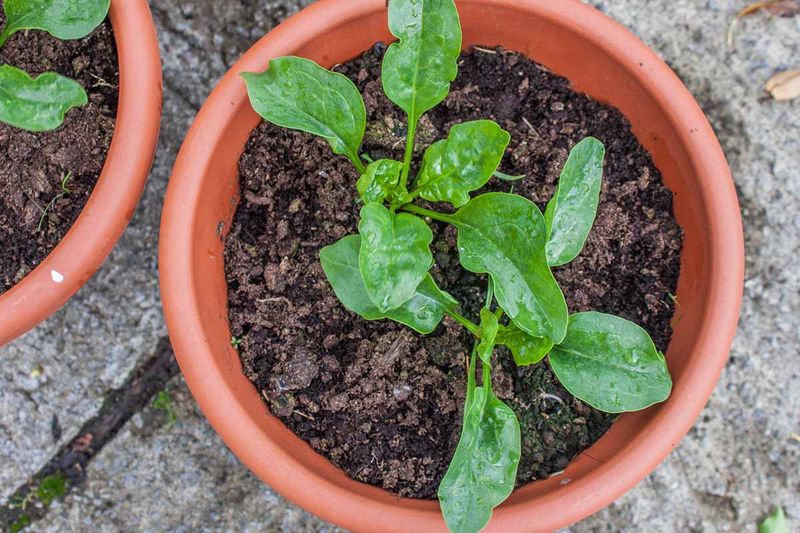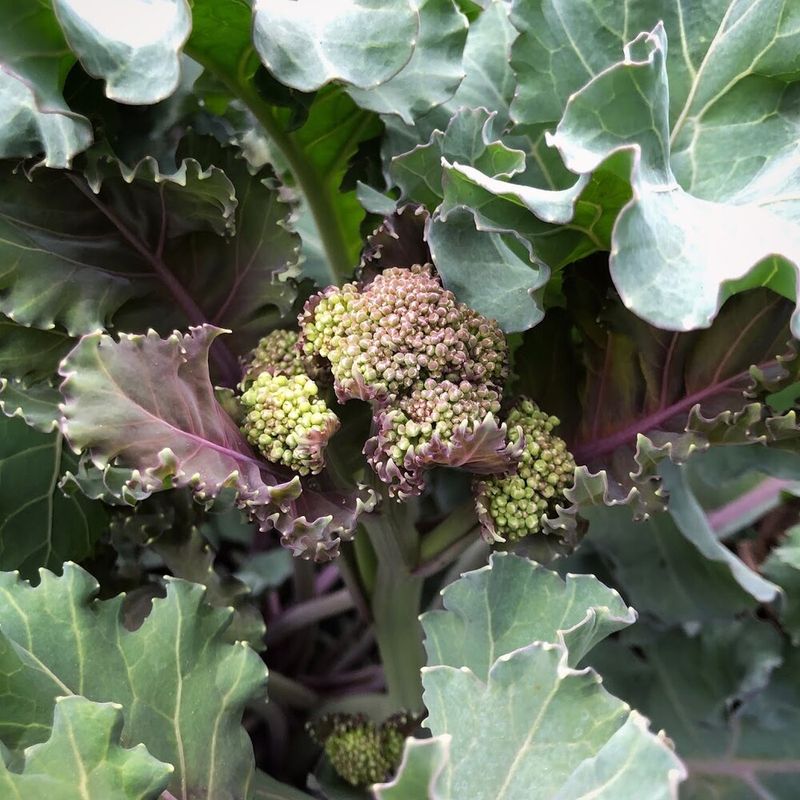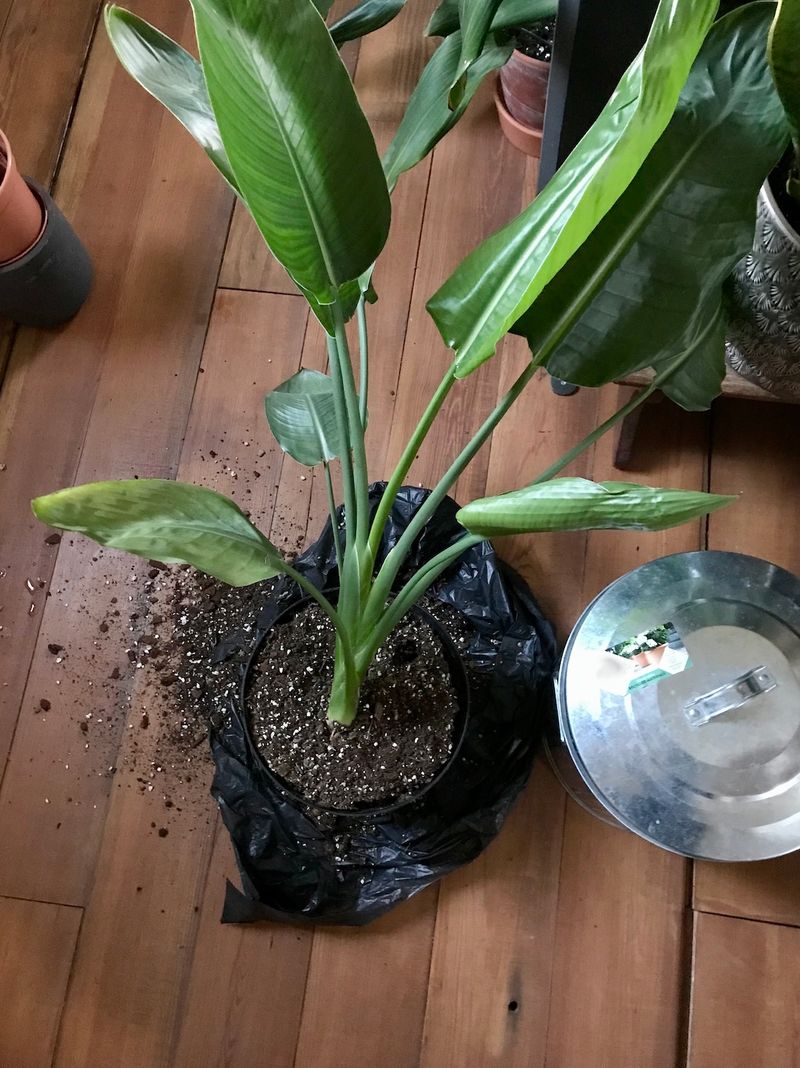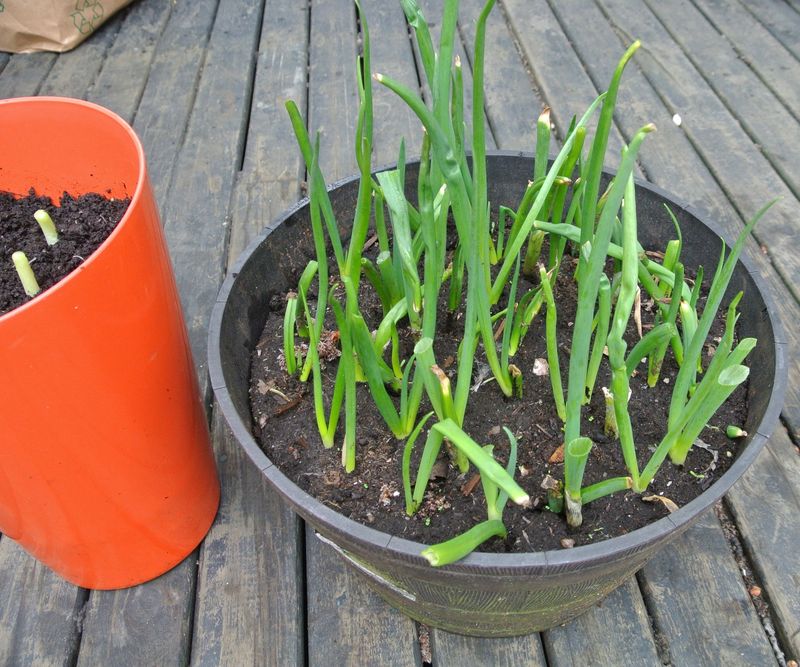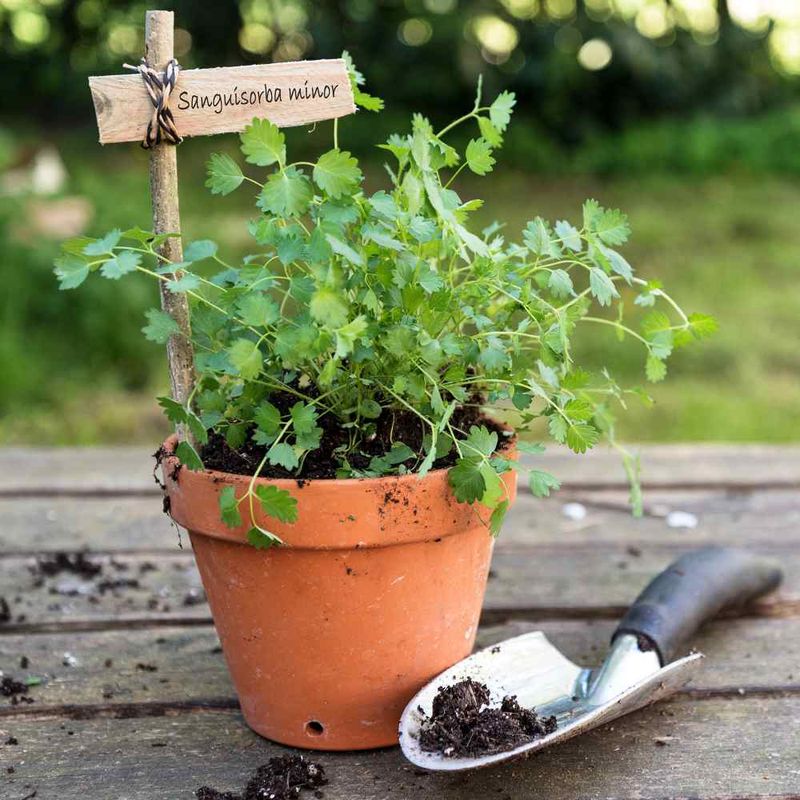Welcome to your ultimate guide on creating a sustainable and bountiful indoor garden. Imagine the joy of picking fresh herbs and vegetables right from your windowsill. It’s not just a fantasy; it’s a real possibility with the right perennial plants. These edible wonders can thrive indoors, offering continuous harvests year after year. Let’s embark on this delightful gardening journey, uncovering 26 fantastic perennial plants perfect for your indoor sanctuary. Each of these plants promises a unique taste and aroma, making your culinary adventures as exciting as the gardening experience itself.
1. Chives
Chives are slender, grassy herbs with a mild onion flavor and charming purple blooms that double as pollinator magnets. Their compact form makes them perfect for containers or windowsills indoors.
Start them in moist, well-draining soil and give them plenty of light—south-facing windows work great. They sprout quickly and appreciate regular trims, which encourage fresh, tasty growth.
Transplant outdoors once the danger of frost has passed and the soil warms up in spring. They’ll come back year after year and are happy tucked into garden beds or borders.
2. Mint
Mint is a fast-growing, fragrant herb with refreshing leaves perfect for tea, salads, and more. Its roots are aggressive, so containers are your best bet—especially indoors.
It loves a bit of shade and evenly moist soil, thriving with just a bit of neglect. Snip often to control size and enjoy continuous harvests.
Once spring frost is gone and your mint has filled out, transplant it into a pot outdoors or keep it in its container to avoid spreading. It’ll bounce back year after year with little effort.
3. Oregano
Oregano brings bold, earthy flavor to your cooking and resilience to your garden. Indoors, it grows well in a sunny windowsill with light, well-draining soil.
It’s a slow starter, so be patient with germination—but once it takes off, it’s unstoppable. Prune regularly to encourage bushy growth and stronger flavor.
Transplant it outdoors in late spring once nighttime temps stay above 50°F. It’ll thrive in poor soil and dry conditions, making it a low-maintenance star.
4. Thyme
Thyme’s tiny leaves pack a punch of flavor and are perfect for seasoning everything from soups to roasted veggies. It’s a great fit for windowsills, preferring full sun and light soil.
Water sparingly—thyme likes things dry—and trim often to keep it compact and fragrant. It grows slowly at first, but soon forms a woody, aromatic mound.
Move it outside after the last frost, planting it in well-drained soil with plenty of sunlight. Once established, it’s nearly drought-proof and returns every year with ease.
5. Rosemary
Rosemary is a fragrant, needle-leaved herb that brings both culinary power and ornamental charm. Indoors, it needs bright light and good airflow to thrive.
Keep soil on the drier side and avoid overwatering—rosemary prefers things a little rough. Brush your hand along it and enjoy that piney, fresh scent all day long.
Transplant outside once temps stay above 55°F, giving it a sunny, well-drained spot. In colder zones, pot it up so you can bring it back indoors over winter.
6. Sage
Sage is a robust herb with soft, silvery leaves and a savory, slightly peppery flavor. Indoors, it enjoys bright light and well-draining soil with just enough moisture to stay happy.
It can be a bit slow to get started but soon develops into a strong, bushy plant. Pinch back young growth to promote branching and fuller shape.
Once the weather warms and frost is gone, move it outside to a sunny spot. Sage comes back stronger each year, making it a staple in any long-term herb garden.
7. Tarragon
Tarragon offers a subtle anise-like flavor that elevates everything from chicken dishes to salad dressings. French tarragon, the preferred variety, doesn’t grow from seed well, so start with cuttings or transplants indoors.
Give it bright light and light, sandy soil that drains easily. It doesn’t like wet feet, so water lightly and let it dry out between drinks.
Transplant outdoors after frost, choosing a sunny, sheltered spot. It’ll die back in winter but return reliably in spring with fragrant new shoots.
8. Lemon Balm
Lemon balm is a citrus-scented herb from the mint family with calming properties and endless uses in teas and tinctures. It’s easy to start from seed or cuttings indoors with moderate light and moist soil.
This plant grows quickly and spreads fast, so containers work well even once moved outdoors. Snip often to encourage new growth and contain size.
Transplant after the last frost into full sun or part shade. It’ll establish quickly and come back strong year after year.
9. Lovage
Lovage is a tall, celery-flavored perennial that’s perfect for soups, stocks, and salads. Indoors, start seeds in deep containers, as it develops a long taproot early on.
Keep the soil moist and give it plenty of light—it grows fast and tall! The leaves, stems, and even seeds are all edible, adding a punch of flavor to your cooking.
Transplant when seedlings are sturdy and frost has passed. Give it room outside—it can grow up to six feet tall!
10. Sorrel
Sorrel is a leafy green with a tangy, lemony bite that livens up salads and soups. It’s easy to grow from seed indoors and germinates quickly in moderate light.
Keep soil lightly moist and harvest the young leaves for the best flavor. Sorrel is hardy and can handle cooler temps once transplanted.
Move it outside in early spring once the ground is workable. It’ll produce for years and is one of the first greens to pop up each season.
11. Marjoram
Marjoram has a warm, slightly sweet flavor similar to oregano but more delicate and floral. It thrives indoors with bright light and sandy, well-drained soil.
Start from seed or cuttings, and be sure to pinch back growth for a fuller plant. It prefers drier conditions, so don’t overwater.
Transplant outdoors after frost in a sunny, warm spot. Though often grown as an annual in cooler climates, it’s a perennial in zones 9 and up.
12. Stevia
Stevia is a natural sweetener plant with leaves far sweeter than sugar, perfect for teas and homemade syrups. Start it indoors from seed or cuttings in warm, well-lit conditions.
Use light soil and water consistently but avoid sogginess. It grows quickly and loves warmth, so indoor conditions are ideal early on.
Transplant after all frost has passed into a sunny spot with rich soil. In frost-free zones, it returns as a perennial; elsewhere, bring it indoors for winter.
13. Watercress
Watercress is a peppery green packed with nutrients and a favorite for fresh salads and sandwiches. It loves moisture, so start it indoors in shallow containers with constantly damp soil.
Place it in bright, indirect light and keep the roots cool and wet. You can even grow it hydroponically in a jar or tray with water and pebbles.
Transplant outside once nights stay above 50°F, ideally near a water source or in a semi-shaded, boggy area. It’ll continue to grow as long as it stays moist.
14. Egyptian Walking Onion
Egyptian walking onions are quirky perennials that grow bulblets at the top, which fall and replant themselves—hence the “walking.” Start them indoors from sets or bulblets in pots with rich, well-draining soil.
They need bright light and steady moisture while they establish roots. Each part of the plant is edible, from greens to bulbs.
Transplant outdoors early in spring or late fall—they’re incredibly cold hardy. Once planted, they’ll multiply and march across your garden year after year.
15. Garlic Chives
Garlic chives look like regular chives but have flat leaves and a bold garlicky flavor. They grow well indoors from seed or division and prefer bright light and moist soil.
They take their time germinating but are easy to maintain once sprouted. Trim often to keep leaves tender and encourage bushier growth.
Transplant outdoors after frost in full sun to part shade. These hardy perennials return year after year with edible blooms that attract pollinators.
16. Asparagus
Asparagus is a long-term investment, but worth every bite. Start it from seed or crowns in deep pots indoors, using sandy, loose soil.
Give it as much light as possible and water regularly while roots establish. Patience is key—it may take 2–3 years before you can harvest.
Transplant crowns in early spring into well-prepped beds with good drainage. Once it takes, it produces fresh spears every spring for decades.
17. Rhubarb
Rhubarb offers bold flavor in pies and sauces, and its big leafy presence adds drama to your garden. Start it from crowns or divisions indoors in large containers with rich, well-drained soil.
Keep the soil moist but not soggy and give it lots of light as it establishes. The leaves are toxic, but the red stalks are tart and delicious when cooked.
Transplant in early spring once the ground is workable, spacing plants generously. Rhubarb is a cold-hardy perennial that can produce for 10 years or more.
18. Artichoke
Artichokes are architectural perennials with edible flower buds and silvery foliage. Indoors, start seeds early in deep pots with warm temps and bright light.
They grow fast with regular watering and good drainage but need space even as seedlings. Start hardening them off when nighttime temps stay above 50°F.
Transplant outside in spring in a sunny spot with fertile soil. In mild climates, artichokes come back year after year—just cut them back after harvest.
19. Horseradish
Horseradish is a bold, spicy root crop that’s ridiculously easy to grow and packs serious flavor. Start it indoors from root cuttings (called sets) in deep containers with loose, rich soil.
It doesn’t need much light to get going and can handle cooler temps while establishing. Just be careful—once it’s in the ground, it spreads like wildfire.
Transplant outside in early spring or fall into a contained area or large bed. Harvest the roots in fall, and it’ll return even stronger the next season.
20. Tree Kale
Tree kale, or perennial kale, is a leafy green machine that grows into a small shrub over time. Start it from cuttings indoors in pots with moist, well-draining soil and plenty of light.
Unlike annual kale, it doesn’t bolt and can keep producing leaves for years. Regular harvesting keeps it full and healthy.
Transplant outdoors after the last frost in full sun to part shade. It’s a favorite of permaculture gardeners and can handle mild winters with ease.
21. Malabar Spinach
Malabar spinach isn’t true spinach, but its succulent, vining leaves offer a similar taste with a tropical twist. Start seeds indoors in warm temps and rich soil with good drainage.
It loves heat and humidity, so provide warmth and a sunny window to get it started. Give it something to climb early on—it’s a natural climber.
Transplant after all danger of frost, and let it trail or climb in a sunny garden spot. It grows fast and keeps producing all summer long.
22. Strawberry Spinach
Strawberry spinach is a quirky edible with spinach-like leaves and bright red, berry-like seed heads. Start it indoors from seed in shallow trays with light soil and filtered sunlight.
The leaves are tasty raw or cooked, and the berries are mildly sweet—bonus! It grows fast and doesn’t need much babying.
Transplant in early spring after light frosts are over. Once established, it self-seeds easily and returns every year with a burst of edible color.
23. Sea Kale
Sea kale is a coastal-loving plant with wavy blue-green leaves and tender shoots that taste like asparagus. It’s a bit slow to germinate, so start seeds early indoors in deep containers.
Give it bright light and moist, well-draining soil, and be patient—it’s a slow grower but worth the wait. All parts are edible, from shoots to roots.
Transplant outside after frost into sandy or loamy soil with good drainage. Once established, it returns year after year and produces gorgeous white flowers too.
24. Good King Henry
Good King Henry is an old-school perennial green that’s been grown for centuries as a spinach substitute. It starts easily indoors from seed in rich soil and decent light.
The leaves are tender and mild, great for steaming or sautéing, and the shoots are edible like asparagus. It’s tough, hardy, and underappreciated.
Transplant in early spring once frost danger passes. It takes a season to settle in, but it’ll feed you for years with very little fuss.
25. Welsh Onion
Welsh onions are clumping perennials that look like scallions but return year after year. Start them indoors from seed in pots with moist, well-draining soil and bright light.
They grow steadily and can be harvested like green onions while still young. The flavor is mild and perfect for everyday cooking.
Transplant outside in early spring or fall—they’re frost-hardy and reliable. Once settled, they’ll multiply and provide fresh green tops season after season.
26. Salad Burnet
Salad burnet has delicate, fern-like leaves with a light cucumber flavor—perfect for salads, drinks, and garnishes. Start it indoors in shallow trays with well-drained soil and moderate light.
It germinates quickly and doesn’t mind cool temps, making it ideal for early starts. Harvest leaves young for the best taste.
Transplant after last frost into full sun or partial shade. Once established, it’s drought-tolerant, self-seeds, and returns effortlessly year after year.

